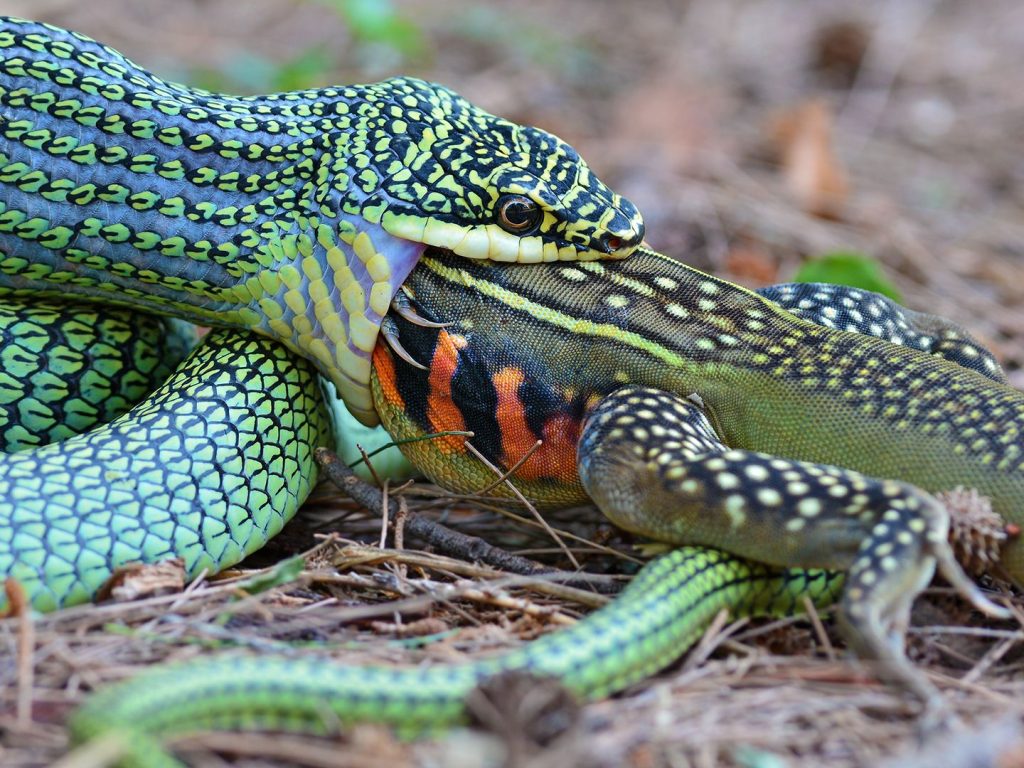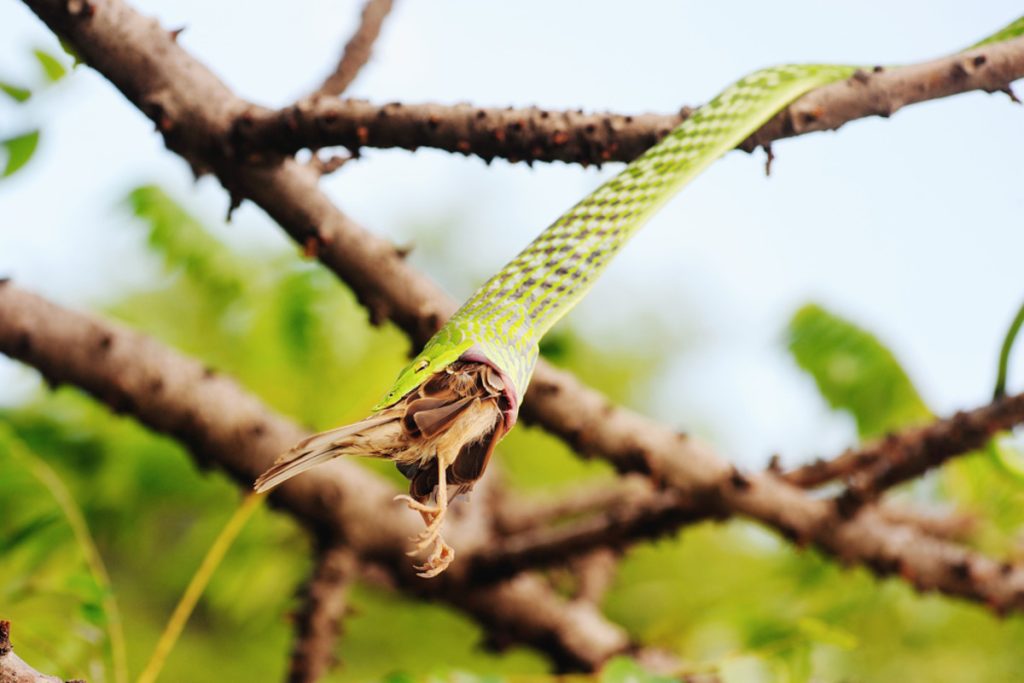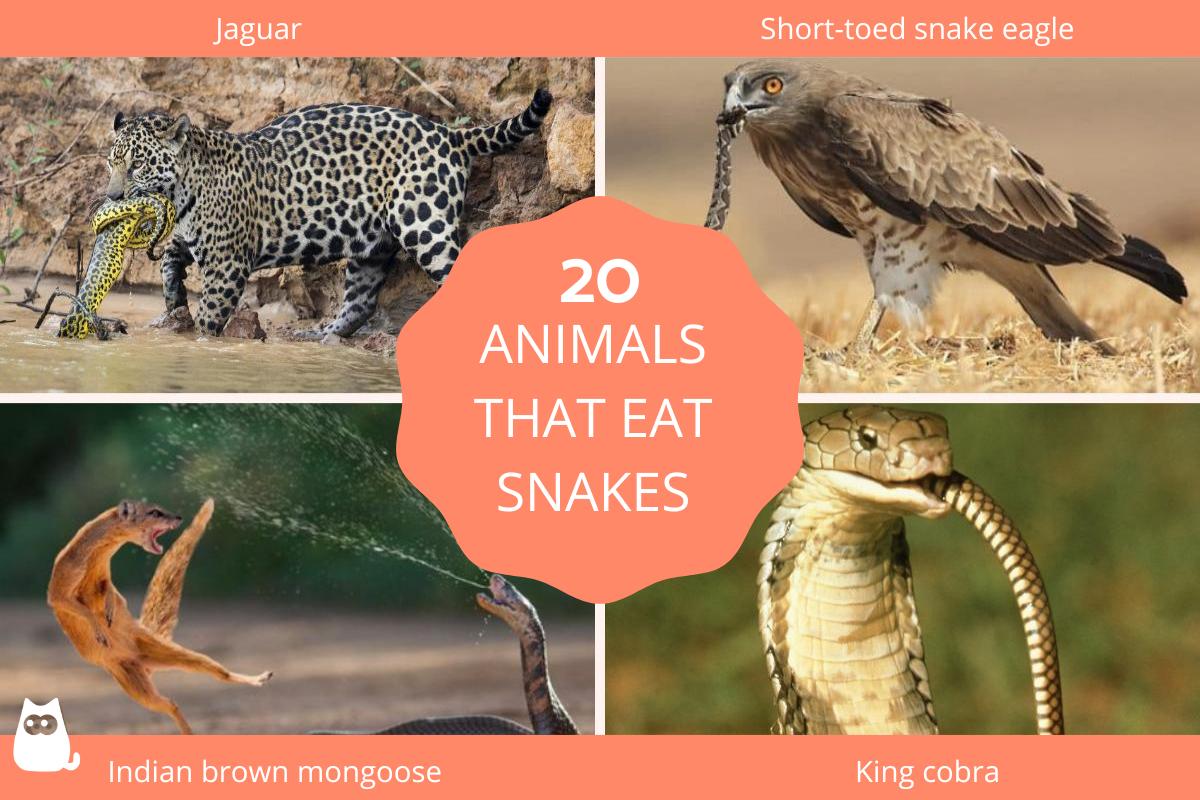What animals eat snakes is a fascinating question that reveals the bravery and strategy of nature’s most daring predators. While snakes are often feared for their speed and venom, they are not invincible. From powerful birds in the sky to quick mammals on land, many animals have evolved to hunt and eat snakes. This article explores their world, telling the story of how they survive, adapt, and maintain balance in the wild.
Why Some Animals Choose to Eat Snakes
Eating a snake isn’t easy. Many snakes are venomous, fast, and aggressive when cornered. So why do some animals risk it? The answer is simple: opportunity and survival. Snakes offer high protein content and are often available in the same habitats as their hunters.
Understanding what animals eat snakes also helps explain how these creatures have evolved with unique skills—some have immunity to venom, others have incredible speed or sharp vision, and many have instincts that guide them to strike at just the right moment.
What Animals Eat Snakes from the Sky
Let’s start in the skies. Birds of prey are some of the most successful snake predators on Earth.
Hawks and eagles have powerful eyesight, which allows them to spot a moving snake from hundreds of feet above. They swoop down with tremendous force, using sharp talons to grab and kill the snake instantly.
In Africa, the Secretary Bird is famous for hunting snakes. It doesn’t fly to attack; instead, it stomps on snakes with long, powerful legs until they are dead. This bird even takes on cobras with courage.
These birds play a major role in controlling snake populations in grasslands, forests, and deserts.
Ground Hunters: What Animals Eat Snakes on Land
One of the most iconic snake eaters on land is the mongoose. Native to Africa and Asia, the mongoose is small but incredibly fast and brave. It often faces off with venomous snakes like cobras and comes out on top. Its body has developed some resistance to venom, and its quick moves help it dodge snake strikes with ease.
Another brave hunter is the honey badger, known for its tough skin and fearless attitude. Found in Africa and parts of Asia, honey badgers are immune to many snake venoms. They have been seen taking down dangerous snakes like puff adders.
Even some wild pigs and boars will eat snakes if they encounter them. Their thick skin and strong jaws allow them to overpower smaller or injured snakes easily.
Reptile vs. Reptile: Cold-Blooded Predators
It may surprise you, but snakes also have to watch out for other reptiles.
The king snake, found in North America, is one of the most effective snake-eating reptiles. It is not venomous but has immunity to the venom of snakes like rattlesnakes. It kills by constriction—wrapping around the prey and squeezing until it can’t breathe.
Larger reptiles such as alligators and crocodiles don’t actively hunt snakes, but they will eat them if the opportunity arises. If a snake crosses their path in the water or on land, it can quickly become a meal.
Humans and Culture: Eating Snakes for Survival
Although it might seem unusual, humans are also part of the group of animals that eat snakes. In many cultures, especially in Asia, Africa, and parts of the southern United States, snake meat is considered a delicacy or a survival food.
Snake meat is rich in protein and can be roasted, fried, or turned into soup. In some regions, it’s believed to have medicinal properties. People often eat snakes during food shortages or while living off the land.
In this case, humans don’t just protect themselves from snakes—they use them as a resource.

Why It’s Important to Know What Animals Eat Snakes
Understanding what animals eat snakes helps us appreciate how nature balances itself. Without natural snake predators, some areas could see a rise in venomous snakes, which might harm both wildlife and humans.
Here are a few reasons this knowledge matters:
- Ecosystem Balance: Predators keep snake populations under control.
- Agricultural Protection: Some snake-eating animals protect crops by reducing rodent and snake threats.
- Wildlife Conservation: Protecting animals that eat snakes helps maintain biodiversity.
It also encourages us to respect all wildlife, knowing that each creature has a role—even those that scare us.

Visit our website for more updates and stories
Conclusion: Nature’s Fearless Snake Eaters
From soaring hawks to quick-footed mongooses, nature is filled with incredible animals that face snakes head-on. Whether by strength, speed, venom resistance, or clever tactics, they’ve all adapted to overcome one of the most feared predators.
So next time you wonder what animals eat snakes, remember—it’s not just about survival. It’s about bravery, strategy, and the natural balance of life.
These fearless creatures remind us that even the most dangerous animals have predators. And in the wild, courage often comes in unexpected forms.













